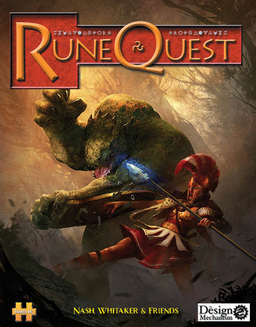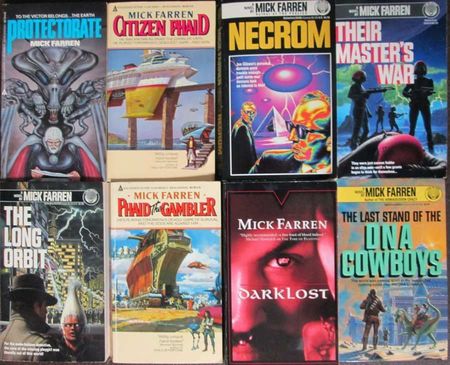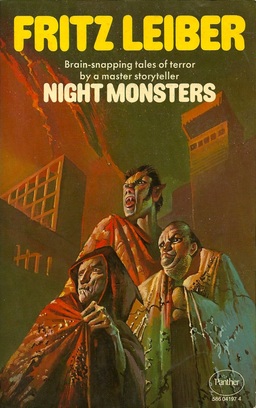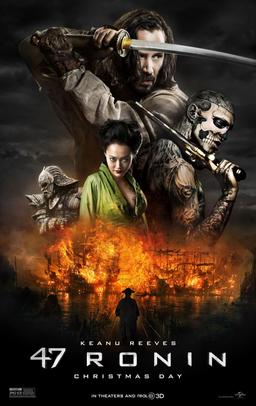A Contemporary Eye on the Pulps: Fantasy Review, April-May 1949
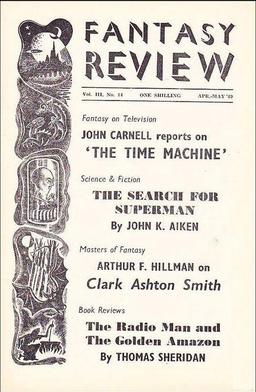 Recently I’ve found myself thoroughly captivated by early fanzines. I’m not doing a study by any means… I’m just surfing eBay, picking up bargains here and there. And I have to say I’ve been lucky enough to stumble on some marvelous finds.
Recently I’ve found myself thoroughly captivated by early fanzines. I’m not doing a study by any means… I’m just surfing eBay, picking up bargains here and there. And I have to say I’ve been lucky enough to stumble on some marvelous finds.
Each of the fanzines I’ve found has its own unique identity, but there are things they all seem to have in common. For one thing, they are suffused with a marvelous optimism. Science fiction of the 1930s and 40s wasn’t dominated by grim dystopias like The Hunger Games and The Matrix; often it idealized the future, as in Things To Come (1936), or gave us heroes like Buck Rogers. It’s hard to be gloomy when the future is whispering promises of ray guns and a personal jet pack.
But it was more than just that. Immerse yourself in early fandom long enough, and you’ll come to see that interest in science fiction was viewed unquestionably as a virtue, like temperance and personal hygiene. Never mind that society viewed SF as perhaps the lowest form of literature, low-grade children’s entertainment at best; early fans were convinced otherwise, and by the late 40s there was actually evidence to support that line of thinking. SF prepared you for the future, and in a world still startled and horrified by the rapid advances of World War II — and thrown headlong into the Atomic Age by the bombing of Hiroshima and Nagasaki — preparation of any kind offered a psychological edge, even if just an illusory one, and fans relished the vindication.
Now, I have no doubt that readers of the day were drawn to the pulp magazines by the same things that drew me, decades later: bright covers featuring monsters, dinosaurs, space ships and beautiful women. But the pages of early fanzines are filled with earnest young fans patting each other on the back for their enlightened choice in literature, as if reading science fiction was the vocation of a select elite who took on the task as a social imperative, like early socialists. All while simultaneously expressing giddy excitement at the latest installment of their favorite space opera. It’s funny, and oddly charming, and it doesn’t hurt that many of the fans filling the pages of these slender proto-magazines are fine writers in their own right — and many of them are insightful critics, as well.



